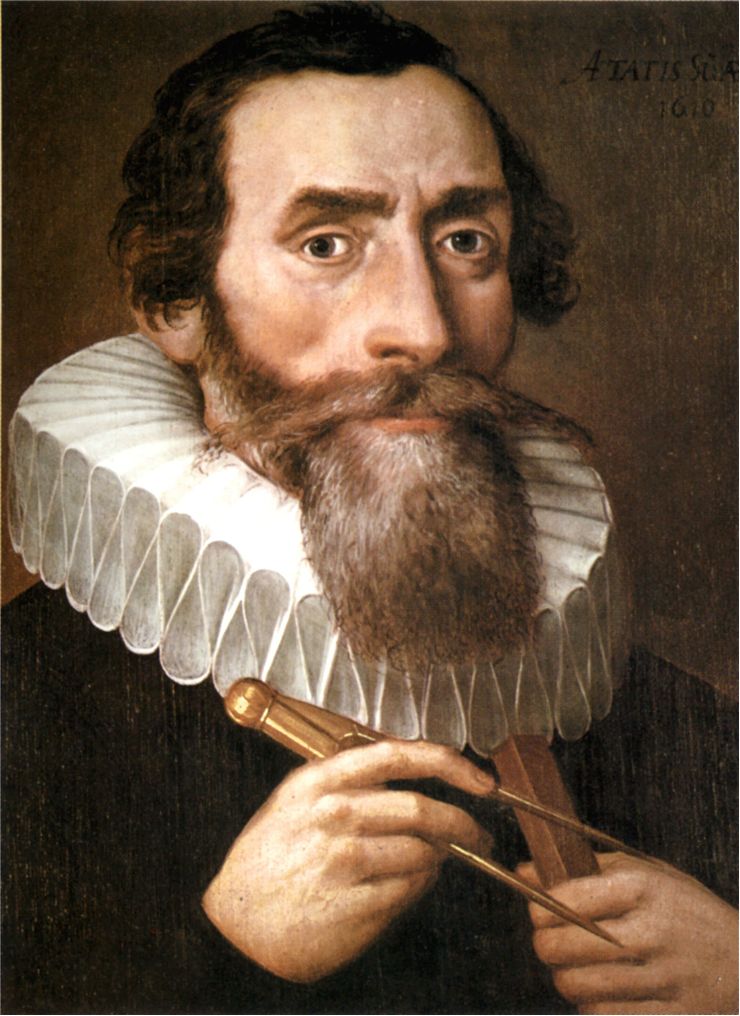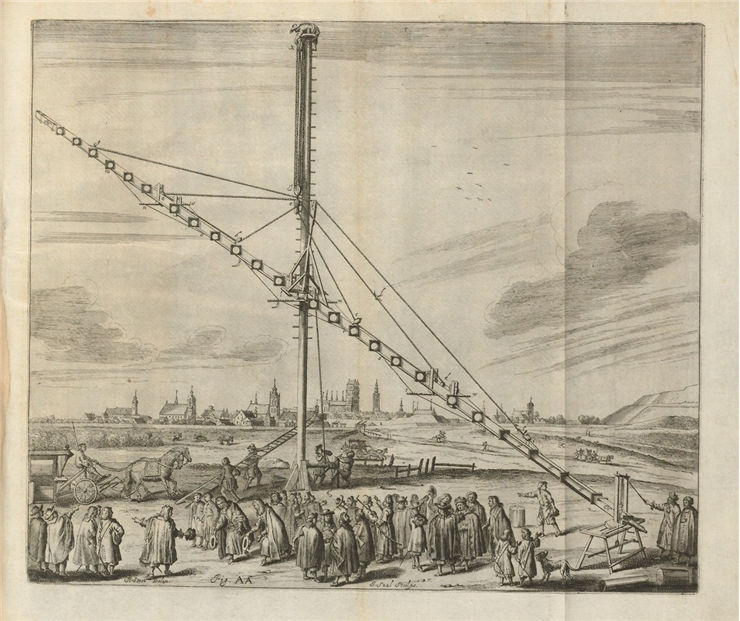The Keplerian Telescope - Johannes Kepler Inventor
Johannes Kepler (born on December 27 1571, died on November 15 1630) is today remembered as one of the most famous and influential mathematicians and astronomers of European Renaissance. His large contribution to science gave us not only better understanding of the laws of planetary motion, basics of gravitation, and much improved designs of telescopes, but was also a key figure in the 17th century scientific revolution that enabled of modern sciences such as mathematics, physics, astronomy, biology and chemistry to much more impact society, life and development of medieval Europe.
Johannes Kepler was born in the city of Weil der Stadt in Holy Roman Empire (today’s Germany) as a grandson of the mayor of that city, son of a mercenary warrior and his wife who worked in an inn. From very young age he managed to showcase his talents of science and mathematics, and was very attracted to astronomy because of several comets and lunar eclipse that could be in night sky. He finished Latin school and University of Tübingen, he changed his plans of becoming minister and instead he at the age of 23 applied to the job as teacher of mathematic and astronomy at the Protestant school in Graz (which would later grow into University of Graz).
Because Johannes Kepler lived during the same time period when Dutch lens-maker Hans Lippershey and Galileo Galilei, he received the news about their inventions very quickly, which enabled him to start expanding his scientific experiments with both traditional Galilean telescope and telescopes that he made by his own hands. One of such telescopes was famous Keplerian Telescope. Made in 1611 (just three years after discovery of first telescope in Netherlands), this telescope was different from all others because if used convex eyepiece lens that enabled viewers to see much larger field of view and gave better eye relief. However, it inverted the image which. This telescope design was also famous for its ability to reach much larger magnification levels that Galilean telescope, although that process demanded significant increase of focal length between lenses (some telescopes even had 46-meter focal length). The need for large focal lengths was overcome with the 1733 design of Englishman Chester Moore Hall.
With the telescope in his hand, Kepler managed to come to several large discoveries. He wrote short piece “Conversation with the Starry Messenger” in which he confirmed findings of Galileo (4 moons of Jupiter), he wrote about theoretical uses of double-convex converging lenses and double-concave diverging lenses, and much more.
Kepler died on November 15 1630 in the city of Regensburg, during one of his travels while he served General Wallenstein as one of his main astrologers. His exact burial place is not known, because churchyard in which he was buried was destroyed by Swedish army.

